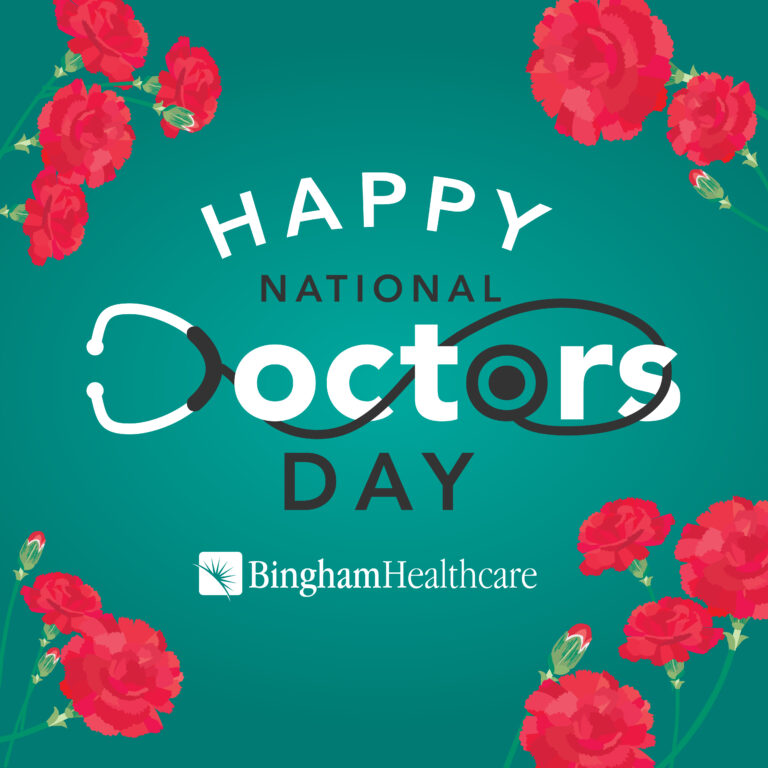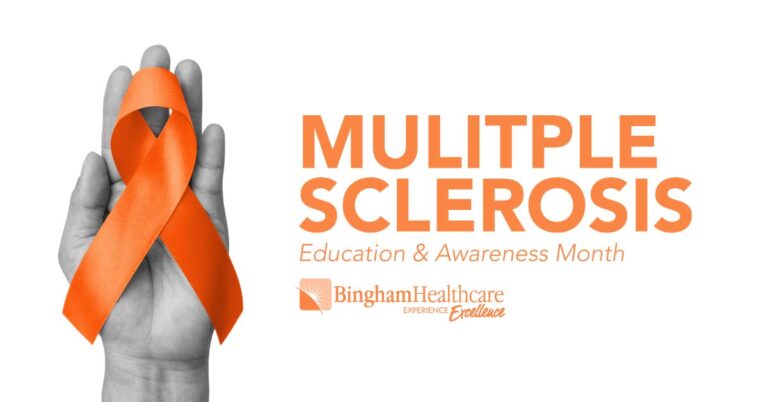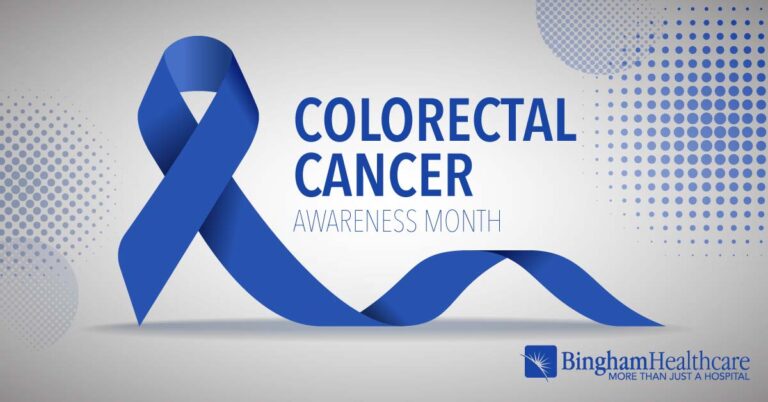
Autoimmune Diseases Around the World
Autoimmune disease is recognized as a major health crisis in the United States. Today, 50 million Americans—80 percent of whom are women—suffer one or more autoimmune conditions. Thirty years ago, only one in 400 people developed an autoimmune disease. Today, one in 12 Americans—one in nine women—have an autoimmune disease. More women are diagnosed each year with an autoimmune disease than breast cancer and cardiovascular disease combined.
David J. Bilstrom, MD—the Director of the International Autoimmune Institute & Bingham Memorial Center for Functional Medicine—answers the question: do people in other parts of the world get the same autoimmune diseases as Americans, and if so, why?
What is an autoimmune disease?
It’s a condition in which the immune system mistakenly attacks the body’s own tissue. Some of the more common conditions include rheumatoid arthritis, lupus, multiple sclerosis, psoriasis, Hashimoto’s thyroiditis, type 1 diabetes, and ulcerative colitis or Crohn’s disease, but the National Institutes of Health estimates there are more than 100 types of autoimmune diseases.
Autoimmune diseases around the world
As parts of the world where countries have become more industrialized, there’s been a great deal of change in economics, environmental factors, the way people eat (and the types of food people eat), as well as changes in toxicity levels. As such, Europeans and Scandinavians already have the same rates as Americans. People from developing nations such as in Asia and Southeast Asia are also developing the same rates of autoimmune disease as Americans.
Economic and environmental changes
In Asia and Southeast Asia, autoimmune disease was almost unheard of a couple of decades ago. Because of the changing economic system in those countries, they now have the disposable income that allows them to travel further away from home. With the changes in those economics comes some unwanted changes, such as change in the types of food they eat, and the quality of food, as well as some of the environmental changes like increasing levels of toxicity being released.
“I’m sure many people have seen pictures of Beijing, China, and all of the smog, and all of the people wearing surgical masks,” says Dr. Bilstrom. “We also see those kinds of images coming from a lot of other larger cities in Asia and Southeast Asia, whether it’s Beijing, Tokyo, Kuala Lumpur, Bombay, or Bangkok.”
Changes in the foods we eat
“The example I like to give about local eating habits is that my wife, Jody, and I were fortunate enough to travel to Thailand two decades ago,” says Dr. Bilstrom. “While we were there, we would try to eat in the ‘mom and pop’ shops—tiny little places right on the street with fantastic food. The mom and dad would be cooking and the grandparents would be at the table right next to us helping the kids with their homework. Just a lovely setting. And, for 75 cents, we would get an amazing Thai meal.”
“Now, at the same time, right down the street, you’d see more well-to-do Thai people,” says Dr. Bilstrom. “In particular, the Thai teens would all be sitting together eating at Kentucky Fried Chicken, for the unheard of price of over five dollars, rather than eating in their traditional way. In that part of the world, too, most people really can’t afford those types of meals. But, with that added income, they are now eating in a much less traditional way, and that also goes for McDonald’s and Pizza Hut.”
“The body is fantastic at healing, so if you’re going to try to make the body healthy, you don’t have to be perfect,” says Dr. Bilstrom. “Again, you don’t have to be perfect, you just have to be perfect enough. As far as not being perfect, my wife, Jody, and I did eat at Pizza Hut during that trip to Thailand. But let me say, we both asked ourselves, ‘how can we resist trying a squid pizza at Pizza Hut?’ That’s not the type of food we’re going to want to eat all of the time, but you don’t have to be perfect.”
Higher levels of toxicity
In addition to the way people are eating today, there comes a great deal of change to immune systems along with the toxicity and changes in environment. What is being seen in Asia and Southeast Asia is as the economy has changed, the food has changed, the environments changed. “It turns out that the rates of increase in autoimmune disease perfectly mirror the rates of change in the economies and the environments in these countries.
As an example of the types of toxicity in the Western world, or industrialized nations, there is a scary kind of toxicity that is building in the developing world, highlighted on the following map:
https://toxmap.nlm.nih.gov/toxmap/
On the “toxmap-classic” there is a map of the U.S. and on this map are little tiny blue dots that represent identified toxic release sites. U.S. facilities in different industry sectors must report annually how much of each chemical is released to the environment and/or managed through recycling, energy recovery, and treatment, according to the U.S. Environmental Protection Agency. A “release” of a chemical means that it is emitted to the air or water, or placed in some type of land disposal.
“It’s important to understand that if there are a lot of identified toxic release sites, there are also going to be a lot of unidentified toxic release sites,” says Dr. Bilstrom. “The big red squares on the toxic map are superfund clean-up sites. Some of these sites have been cleaned up, but a lot of them have not been.”
As the maps also indicate, the Eastern portion of the U.S. is almost completely covered in little blue dots and big red squares as well as the entire Pacific Coast of California. When you see that, you should begin to understand the extent of the toxicity the human body has to deal with, which we didn’t have to deal with even a few decades ago.
Do toxins really get into the body?
A study conducted in 2006 wanted to determine if newborns had any identifiable environmental toxins in their body at their time of birth. Scientists decided to test for 250 different types of environmental toxins in the umbilical cord blood of newborns. It was even stated that there are in fact tens of thousands of environmental toxins out there, but they just tested for 250 kinds.
On average what they found was that there were more than 200 identifiable environmental toxins in the newborn’s blood at birth. The scientists said, “that’s not good,” but they also said, knowing there are tens of thousands of environmental toxins out there, if they would have tested for more than 250 they are sure they would have found more than 200.
“That should give you a pretty good idea of how toxins are getting into our bodies, if even at birth we’re carrying a pretty high toxic load,” says Dr. Bilstrom. “That’s one of the challenges the human body has trying to stay healthy, but, particularly, how detrimental those toxins are to the immune system, you can really see how the rate of autoimmune disease has climbed so dramatically in the past couple of decades.”
“Please remember that your body is always ready to heal,” says Dr. Bilstrom. “It just needs to be given a chance.”
About David Bilstrom, MD
Dr. Bilstrom is Director of the International Autoimmune Institute & Bingham Memorial Center for Functional Medicine, which is the first medical center in the country to treat all types of autoimmune diseases. It is also the first to use nature, and its ability to improve human health and well-being, as an integral part of a wellness program.
Dr. Bilstrom works closely with experts in a number of medical specialties to evaluate, diagnose and treat chronic and autoimmune diseases. He is always welcoming new patients at his office within the Bingham Specialty Plaza in Blackfoot. Appointments can be scheduled by calling (208) 782-2444.
Taking the mind, body, and spirit into consideration, Dr. Bilstrom understands firsthand the benefits integrated medicine can provide to patients. He is quadruple board certified in Functional and Regenerative Medicine, Integrative Medicine, Physical Medicine and Rehabilitation, and Medical Acupuncture. He has extensive experience in Anti-Aging & Regenerative Medicine, Acupuncture, Integrative Medicine, and Complementary and Alternative Medicines.
Office Location
Bingham Specialty Plaza
326 Poplar Street
Blackfoot, ID
T: (208) 782-2444
www.BinghamMemorial.org/Functional-Medicine
Return to Articles


